CJMCU-758 ACS758 Linear Hall Current Sensor Module ACS758LCB-100B-PFF-T 3.3-5V 100A
SKU: 1409- Description
- Reviews (0)
Description
The CJMCU-758 is a current sensing module that uses the ACS758-LCB current sensor. The ACS758 consists of a precision, low-offset linear Hall sensor circuit with a copper current path close to the product. The current applied through the copper current path is capable of generating a magnetic field that can be induced by the integrated Hall IC and converted to a proportional voltage. Device accuracy is optimized by placing the magnetic signal close to the Hall sensor. The accurate, high-precision output voltage is provided by a stable chopper-type, low-bias BICMOS IC that has been programmed for accuracy.
The internal resistance of the read conduction path is typically 100 Q with low power loss. The thickness of the copper wire runs under high overcurrent conditions. The terminals of the conduction path and the sensor pins (pins 1 to 3) are electrically blasted. In this way, the ACS758 sensor 1C series can be used in applications that require electrical insulation but use opto-insulators or complex insulation techniques. The ACS758 device is fully calibrated prior to shipment from the factory. The ACS758 series is a lead-free product. All pins are plated with 100% fog and no lead is present in the package. A large number of gauge lead frames are manufactured with oxygen-free holes. The RC is injected at the output, and a voltage follower circuit is built with the operational amplifier to make the output more stable and better match the impedance of the AD channel of the microcontroller. Simultaneously select two outputs (direct search output and voltage follow output) for easy selection
Parameters:
working voltage: 3V-5V (MAN SV)
static output voltage: VCCi2
Working current: 135m2A (MAX)
storage temperature range: -65 C- 165 C
the maximum output current (VIOUT-GND): 3mA
internal bandwidth: 120 KHz
module size: 37mmX 18mm
The relationship between voltage output and current input:
VOUT= VOUT (Q) +Vsens x I
VOUT (Q) is the static output voltage, that is, VCC/2, that is, no input, input voltage, output voltage
Be the first to review “CJMCU-758 ACS758 Linear Hall Current Sensor Module ACS758LCB-100B-PFF-T 3.3-5V 100A”
Most Viewed Products
-
220V Street Light Sensor Switch 10A Automatic On Off Photocell Street Light
-
Brushless Motor Controller DC 12V-36V 500W 15A Hall BLDC Motor Balanced Car Driver Board
-
TP5000 4.2V/3.6V 1A Lithium Battery Charging Board Charger Module
-
87-108MHZ Digital Stereo FM Radio Receiver Board DSP PLL LCD Display Noise Reduction Frequency Adjustment


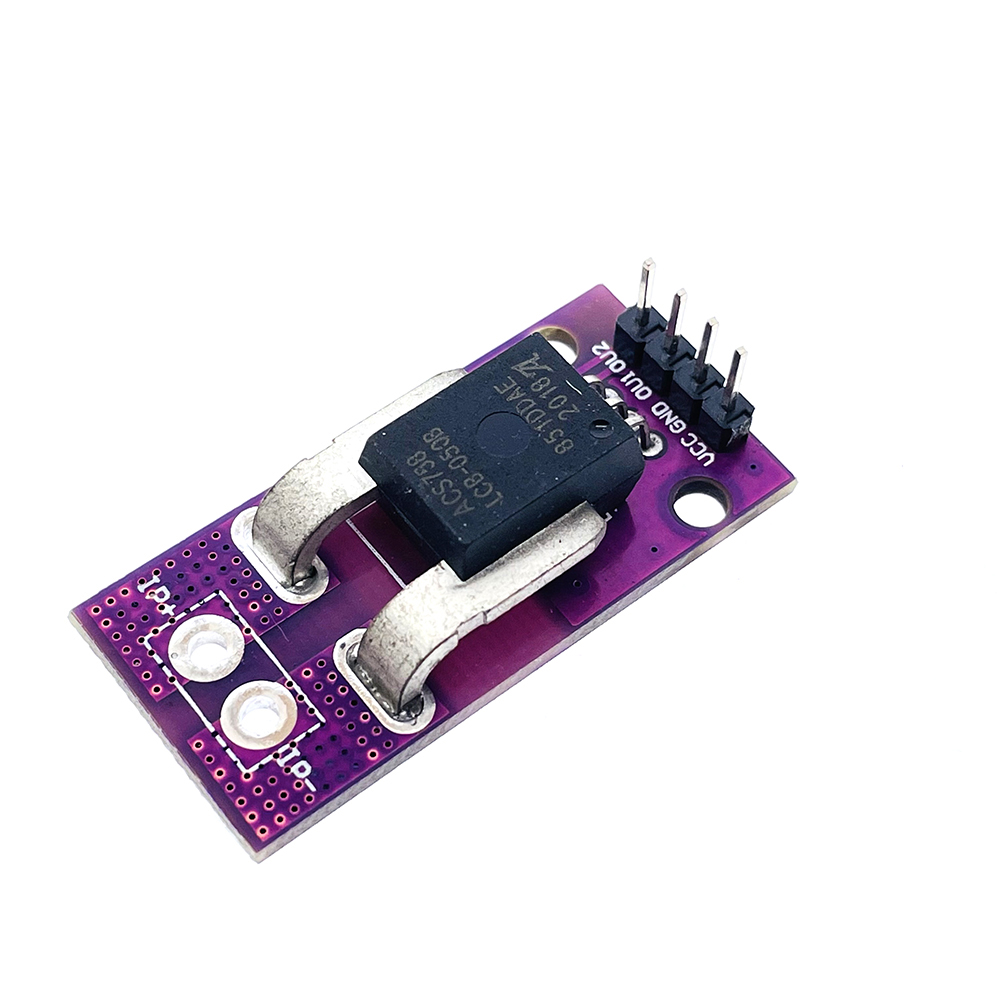
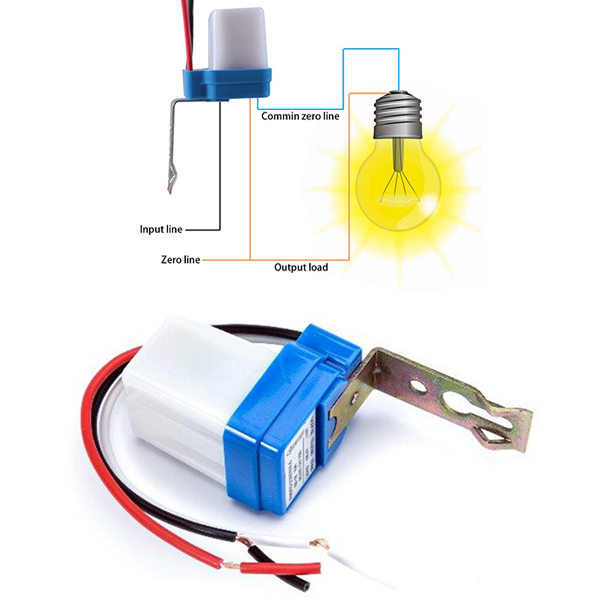
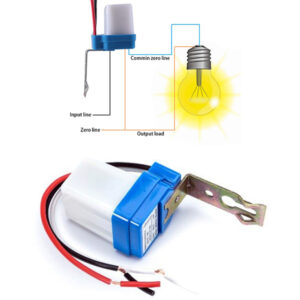
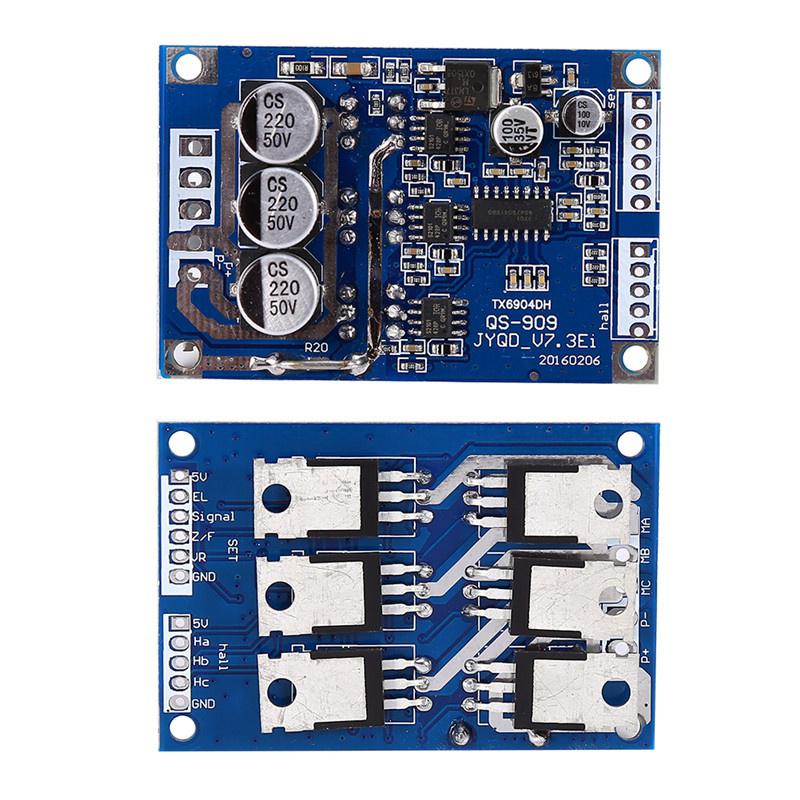
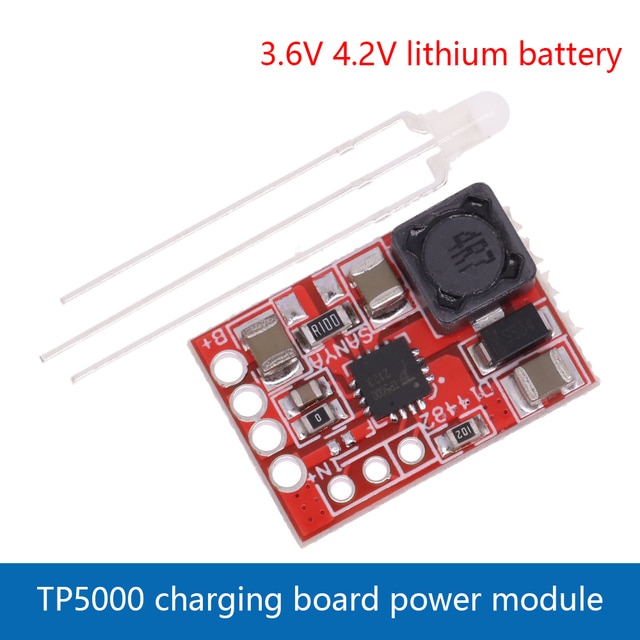
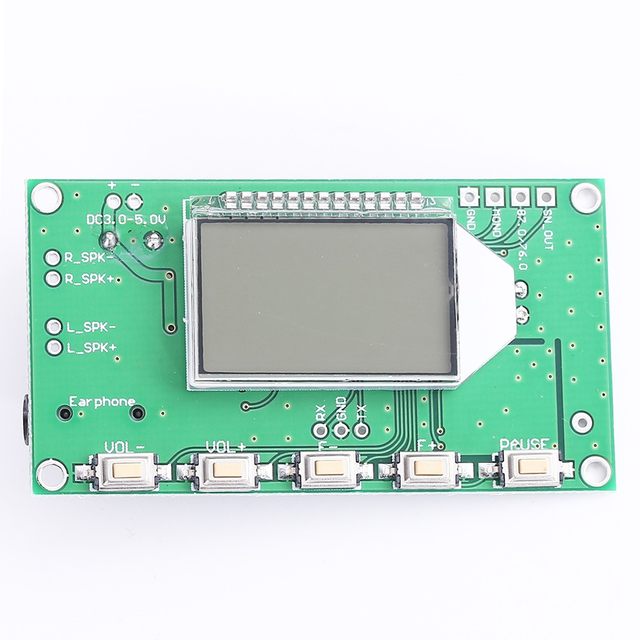
Reviews
There are no reviews yet.